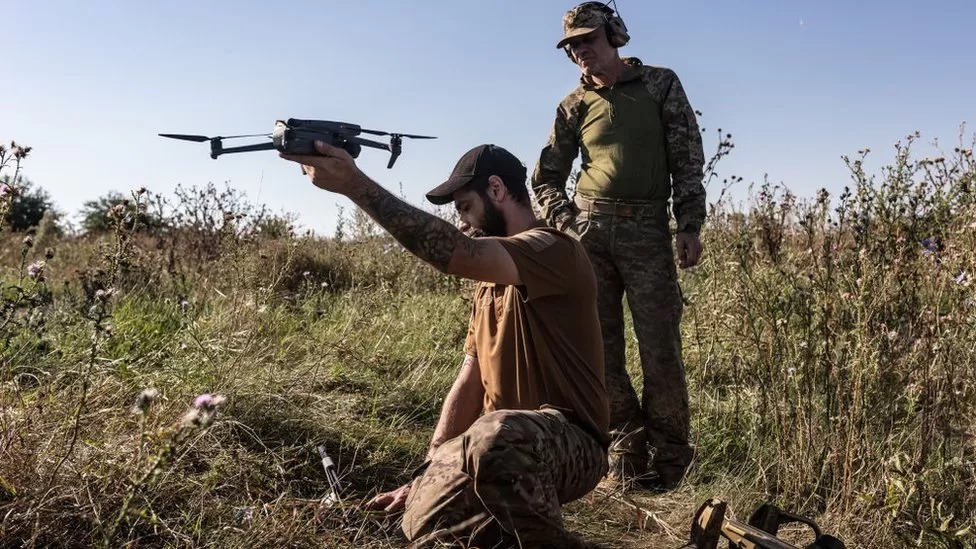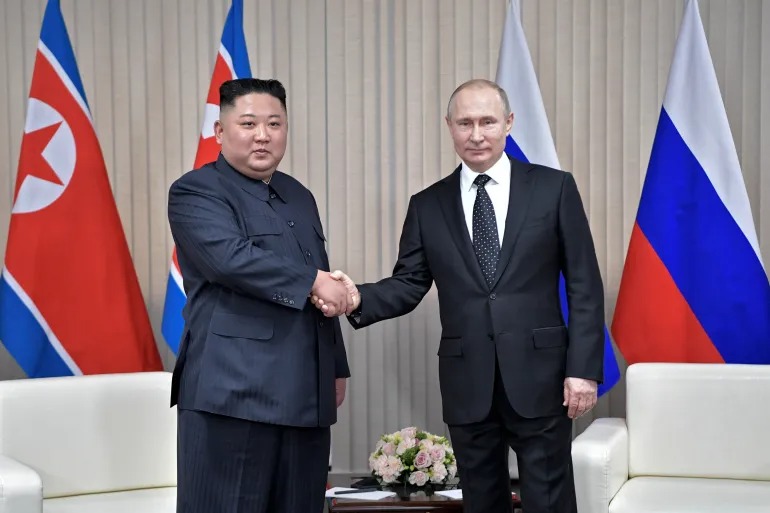On the front lines of the Ukraine-Russia conflict, a new breed of warriors is emerging, armed with cutting-edge technology and an unprecedented fusion of skills. Ukraine’s cyber-operators are now deployed alongside their military counterparts, engaging in an intense, high-tech war that blurs the lines between espionage and combat. Illia Vitiuk, the head of the Ukrainian Security Service’s (SBU) cyber department, offers a glimpse into this digital battleground.
The Unconventional Warfare Blend
Ukraine’s cyber-teams are breaking new ground, seamlessly combining the talents of hackers and special forces to infiltrate Russian systems, collaborating with snipers, and deploying the latest technologies. Their arsenal includes Artificial Intelligence (AI) visual recognition systems that analyze data from aerial drones, satellites, human sources, and technical resources to pinpoint military targets. Vitiuk emphasizes, “We understand which type of military weapons they are about to use and on what direction.”
The Drone Game of Cat and Mouse
Drones have emerged as pivotal tools in this ever-evolving conflict, serving both surveillance and offensive purposes. Ukraine’s SBU cyber-team employs its own drones, engaging in a relentless cat and mouse game with Russian counterparts. Operators deploy sensors to detect hostile drones, and instead of simply jamming them, they attempt to wrest control by sending commands to force landings.This often involves operating in close proximity to the target, magnifying the risks to team members.
The Shifting Front Lines of Cyber-Conflict
Notably, the battleground of cyber-conflict has moved closer to the physical front lines, with Russian intelligence services also deploying cyber-teams in close proximity. This strategic placement facilitates swift communication with the military and offers immediate access to captured Ukrainian devices and nearby communications. These devices can then be exploited to gather tactical intelligence before the victimized party realizes the intrusion.
As this hybrid conflict continues to evolve, the integration of cyber-attacks with traditional military strikes is becoming increasingly common. Victor Zhora, who oversees Ukraine’s cyber-defense, underscores the relentless nature of the cyber-onslaught. He emphasizes, “This is where the heart of Ukrainian cyber-protection beats,” pointing to the incident response facility that operates around the clock.
The government stands as a prime target, but Ukraine’s cyber-defenders are determined to counter Russia’s elite hackers by infiltrating their computer systems and intercepting their communications. Illia Vitiuk compares this struggle to two closely matched fighters who know each other well, engaged in an intense battle in the ring.
Moreover, Ukraine’s own tech workers have rallied to aid the war effort, creating innovative solutions like the Griselda system to gather real-time situational intelligence from social media and other sources. This invaluable information assists the military and government in making critical decisions.
As the conflict rages on, it becomes evident that Ukraine and its allies are not only fighting to defend their sovereignty but also learning innovative ways to integrate technology into modern warfare. The high-stakes tech battle being waged on Ukraine’s front lines is not just a local conflict; it offers valuable lessons in the ever-evolving landscape of cyber-warfare for the world at large.
















